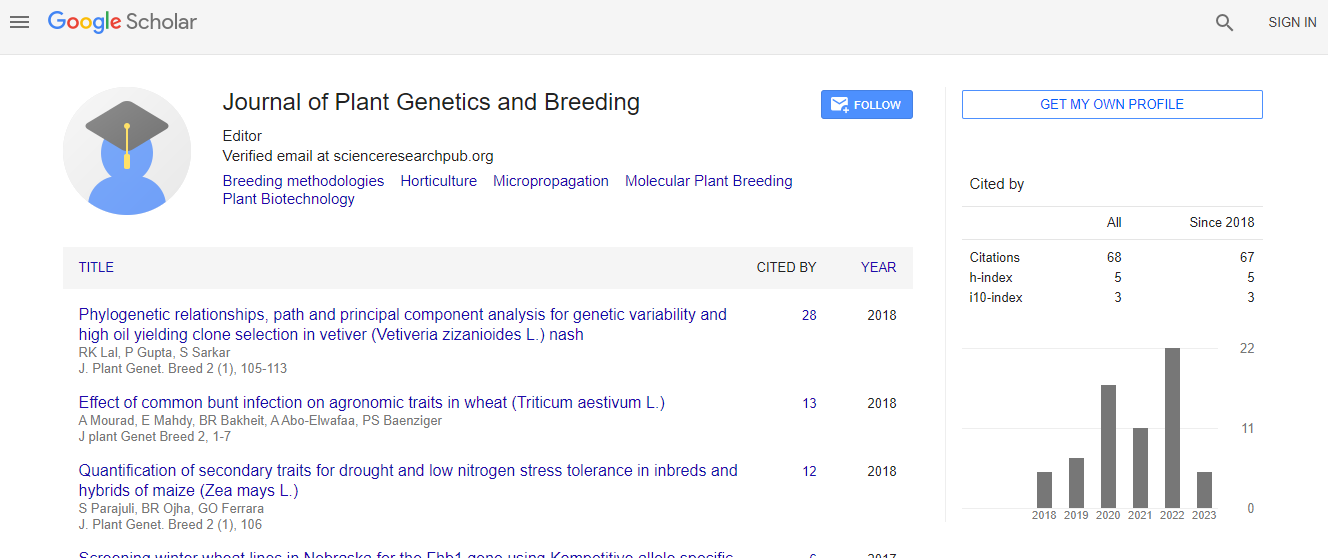Deciphering Biosynthetic Machineries of Iridoid Glycosides in a Medicinal Herb, Pi- crorhiza kurroa through NGS Transcriptomics and Comparative Co-Expression Networks
*Corresponding Author:
Copyright: © 2020 . This is an open-access article distributed under the terms of the Creative Commons Attribution License, which permits unrestricted use, distribution, and reproduction in any medium, provided the original author and source are credited.
Abstract
Picrorhiza kurroa is a high altitude (3000–5000 m) medicinal herb distributed in the North-Western Himalayas of India. It has pharmacological properties like hepatoprotective, antiallergic, antiasthmatic, antioxidant, anti-cancerous, and immunomodulatory due to occurrence of iridoid glycosides, Picroside-I (P-I) and Picroside-II (P-II) as the major chemical constituents. However, only P-I is produced in shoot cultures whereas P-II in roots/ rhizomes, thereby, limiting the development of a sustainable production platform for these two metabolites, which will not only to relieve pressure on natural populations of P. kurroa but also provide a continuous supply of these Phytochemicals. In that direction, we have deciphered biosynthetic machinery of P-I and P-II through a combination of approaches, including bio-retrosynthetic linking and characterization of pathway intermediates, mapping pathway genes/enzymes through comparative genomics, differential transcriptomics (NGS, qRT-PCR) and comparative co-expression networks to capture pathway genes, regulators and transporters of picrosides. Key genes regulating critical enzymatic steps, transcription factors, kinases and transporters contributing to picrosides biosynthesis and accumulation are being functionally validated through CRISPR/Cas9- based genome editing.

